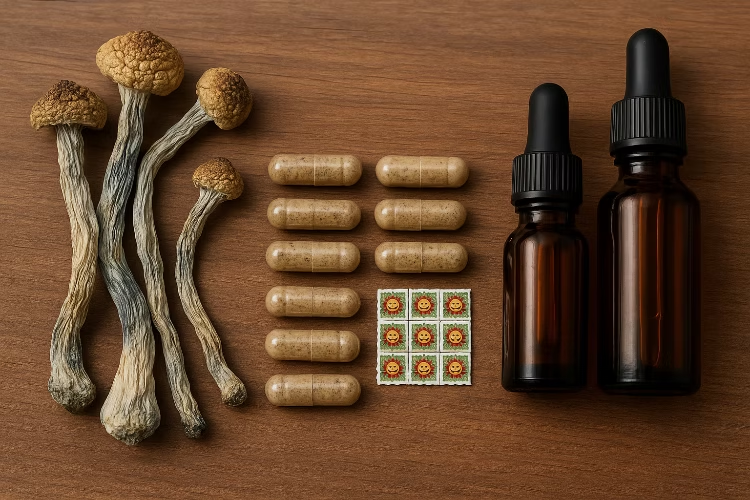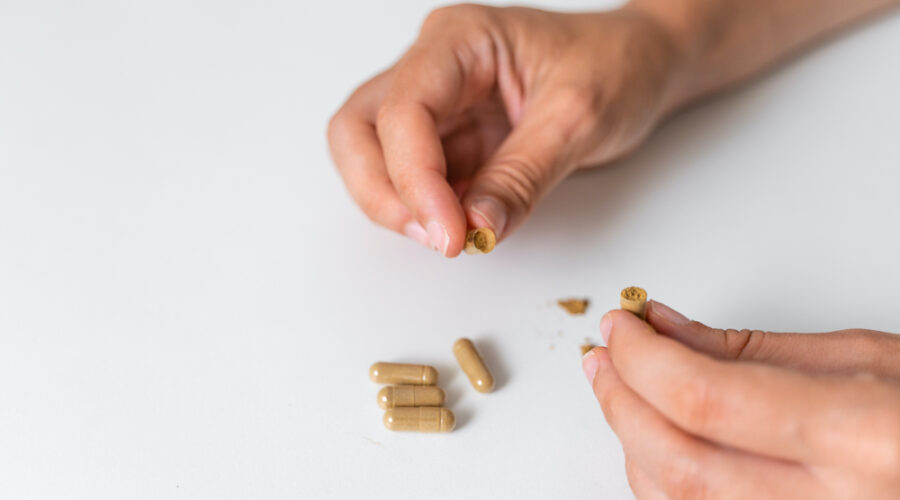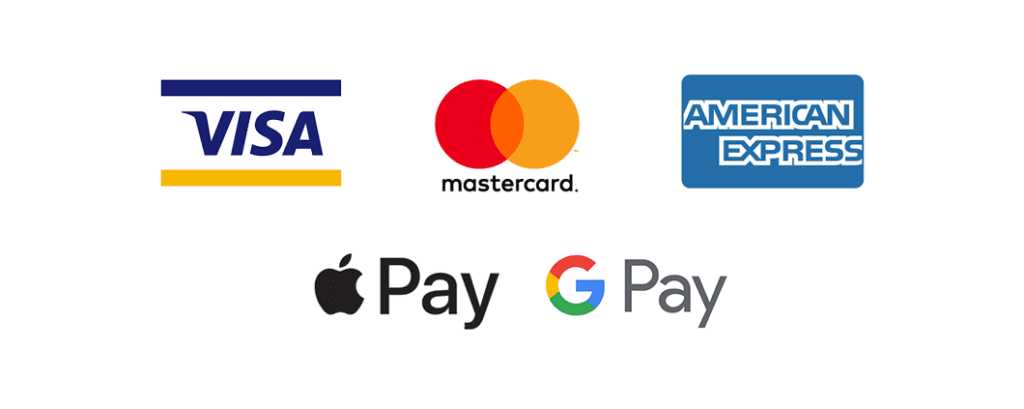
In recent years, microdosing psychedelics has emerged from the shadows of counterculture and into the mainstream as an unconventional approach to enhancing mental health, creativity, and productivity, with Silicon Valley entrepreneurs, artists, and even therapists exploring its potential.
Microdosing involves taking very small, sub-perceptual doses of psychedelic substances — typically about 1/10 to 1/20 of a recreational dose — so subtle that it doesn’t cause hallucinations or a “trip.” The goal isn’t to alter reality, but to enhance it.
The most commonly used substances for microdosing are:
- LSD (lysergic acid diethylamide)
- Psilocybin (the active compound in magic mushrooms)
- Occasionally: mescaline, DMT, or even ketamine (though the latter is not a classic psychedelic)
In this guide, we’ll cover everything you need to know about microdosing psychedelics: what it is, how it works, the science behind it, benefits, and how to do it.

Why People Microdose
- Improved mood and reduced anxiety
- Enhanced creativity and focus
- Increased energy and motivation
- Better emotional balance
- Greater mindfulness and presence
- Support with depression, PTSD, or addiction
How to Microdose Psychedelics

1. Choose Your Substance
- LSD: 10–20 micrograms
- Psilocybin: 0.1 g of dried shrooms
- Mescaline: 10 mg of freebase; 1–3 g of dried cactus
- DMT: <10 mg
- Cannabis: 2.5 mg of dried flower
- Ketamine: 0.5 mg/kg
2. Choose a Dosing Schedule
Popular protocols include:
- Fadiman Protocol (Dr. James Fadiman): Dose every 3rd day (e.g., Day 1 dose, Day 2 observe, Day 3 rest)
- Stamets Stack (Paul Stamets): Dose for 4 days on, 3 days off — often with niacin and lion’s mane mushroom for potential cognitive synergy
- Custom Protocols: Based on personal needs or biofeedback
3. Track Your Experience
Keep a journal of your mood, energy, focus, and any side effects. Over time, this can help you refine your dosing and determine if it’s truly helping.
4. Start Small
Microdosing is not “one size fits all.” Sensitivity varies widely. Always start with the lowest possible dose and gradually increase only if needed.
Final Thoughts

Microdosing is a valuable tool for self-exploration, mood regulation, and cognitive enhancement. The key is intentionality, moderation, and safety. Start small, be mindful, and take the time to understand how your body and mind respond.





